

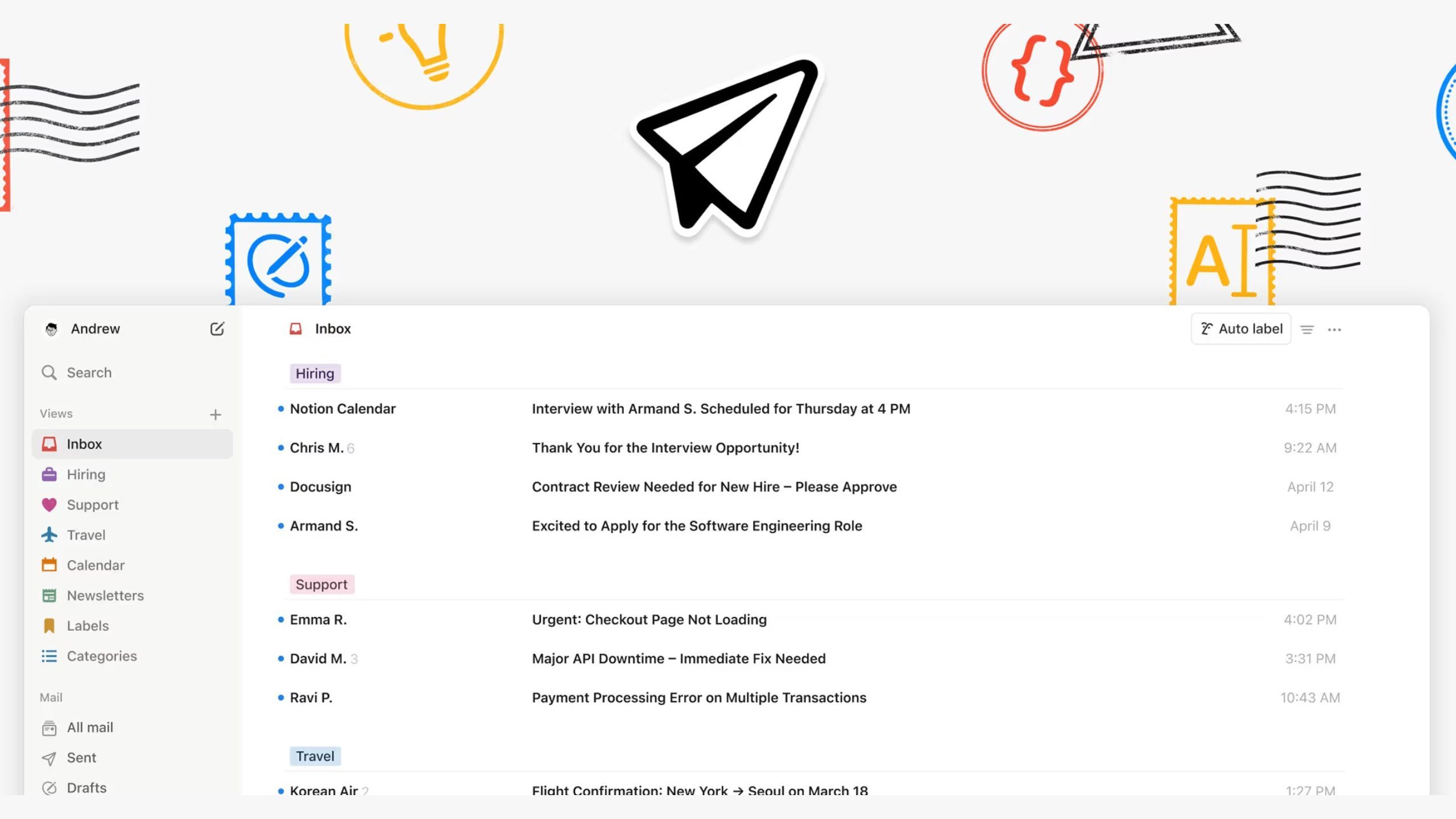
Notion has built its reputation as a flexible workspace for notes, tasks, and projects, but its latest move—Notion Mail—aims to redefine how we interact with email. By embedding email functionality directly within Notion’s productivity environment, the company directly tackles one of the most persistent challenges in knowledge work: context-switching. Instead of bouncing between inboxes, project boards, and note apps, Notion users can now process emails alongside their notes, tasks, and databases, truly blurring the traditional boundaries between communication and actionable work.
Early adopters have reported that Notion Mail’s AI-powered features—like intelligent sorting, summarization, and fast reply suggestions—help to quickly triage messages and prevent inbox overload. For many professionals, keeping email and project documentation separated is a source of ongoing distraction, but Notion makes it possible to convert incoming messages directly into project-linked tasks or knowledge base entries with just a click. This integration reduces the cognitive load involved in tracking communication across different platforms, allowing for more focused deep work.
Modern work environments demand rapid responsiveness, yet constant email alerts can disrupt concentration and derail progress. By treating email as just another building block inside Notion’s already robust workspace, Notion Mail is fundamentally rethinking the role of email in productivity. As email remains the backbone of work communication for over 4 billion users globally, this unified approach could drive a major shift in everyday workflows. Imagine a team collaborating on a product launch: feedback from clients arrives by email, instantly linked to relevant tasks and discussion notes without ever leaving the workspace. This seamlessness can potentially save hours each week and promote transparency between communication and execution.
Industry experts see Notion Mail’s approach as part of a wider movement toward integrated digital ecosystems. For example, Slack and Microsoft Teams have attempted similar fusions of messaging and productivity, but Notion’s model is unique in its emphasis on unifying both asynchronous communication and documentation within a single platform. As startups and freelancers increasingly demand tools that adapt to their workflows instead of forcing new habits, Notion Mail’s flexible, modular design gives it a competitive edge. For knowledge workers, entrepreneurs, and anyone seeking clarity amid digital chaos, Notion Mail’s vision could truly be the catalyst for changing how we balance communication and concentration in a world of constant distraction.

For writers, the quest for the ideal tool is often about finding the right balance between features and focus. After testing dozens of platforms, I’ve found Apostrophe to be the most conducive for pure writing flow, especially when compared to the more feature-rich—but sometimes overwhelming—Obsidian. Apostrophe’s core philosophy is centered on radical minimalism. It strips away unnecessary menus, plugins, and formatting options, leaving only the essentials. This barebones approach does wonders for maintaining focus. When you open Apostrophe, you’re instantly greeted by a distraction-free page—no notifications, no pop-ups, and nothing to break your concentration.
Obsidian is a powerhouse for knowledge management, used by academics and researchers for its robust linking, graph view, and support for complex workflows. However, those very strengths can become pitfalls for writers prone to over-organizing or procrastinating via endless tagging and note-linking. In Apostrophe, the absence of databases and backlinks forces you to confront the blank page head-on. The typewriter scrolling and dark mode features are tuned for prolonged writing sessions, reducing eye strain and making it easier to enter a state of flow. The ability to split chapters or sections seamlessly is another highlight for novelists and long-form writers who want to see their manuscript’s structure at a glance without leaving their main draft.
Real-world users echo these points. On writing forums and in user reviews, Apostrophe fans praise the app for helping them build daily writing habits and hit ambitious word-count goals. Freelance writers, in particular, note that the time they save avoiding non-essential features adds up significantly—sometimes enabling them to finish drafts days ahead of schedule. The platform’s clean export options make it easy to transition content to editors or publishing platforms without formatting headaches, which is a boon for professional workflow.
Ultimately, the choice between Apostrophe and Obsidian comes down to the writer’s priorities. If you’re managing massive research projects or need a digital brain for interconnected notes, Obsidian is unmatched. But for anyone whose primary goal is to get words on the page, minimize digital clutter, and maintain focus, Apostrophe provides a uniquely frictionless environment. In a world saturated with productivity tools, Apostrophe proves there is still immense value in simplicity—a lesson more writers are discovering as they seek new ways to avoid distraction and rediscover their creative rhythm.
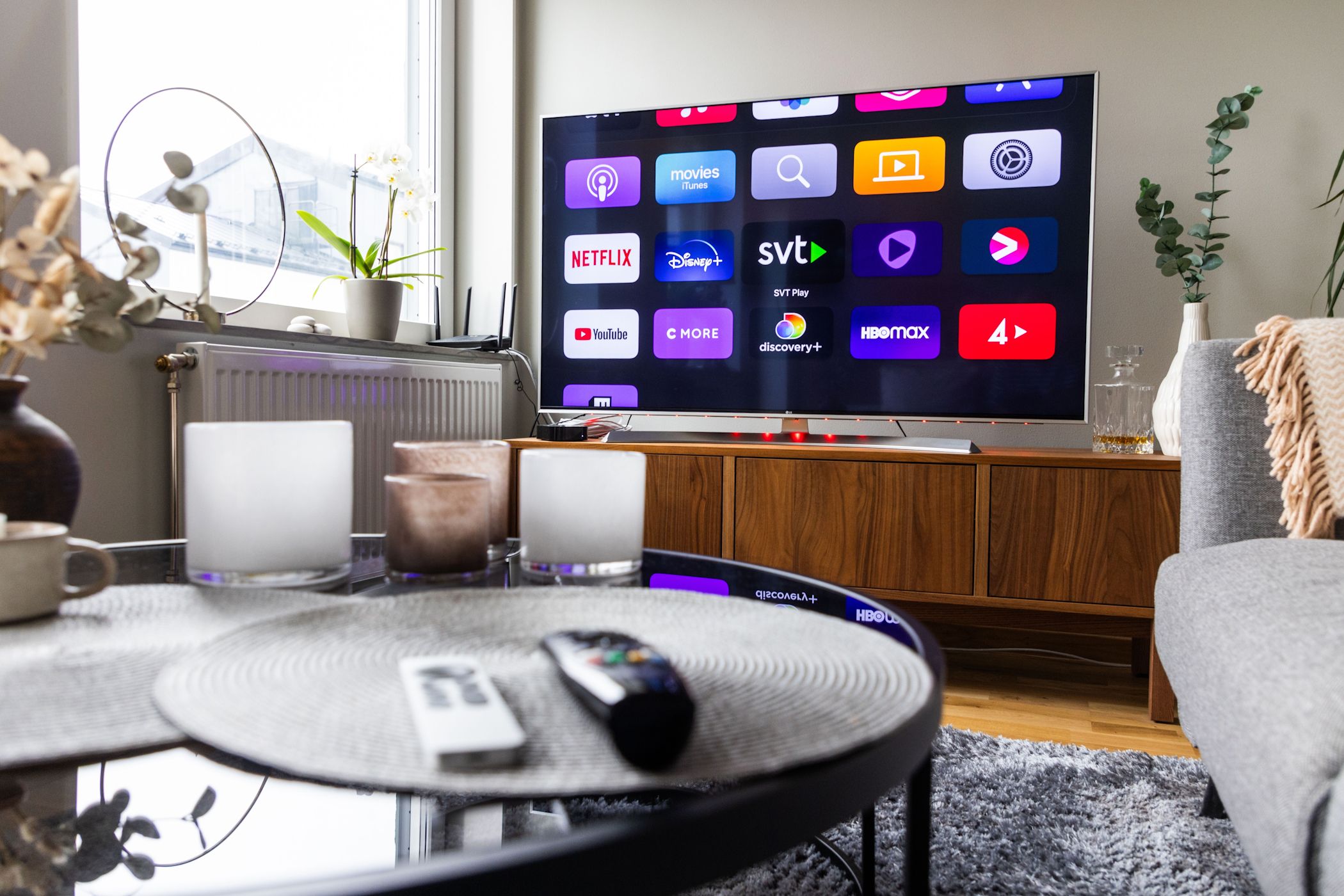
Smart TVs are commonly associated with Netflix, YouTube, and other streaming apps, but even in the absence of Wi-Fi, they can be surprisingly capable. Many of today’s leading smart TV operating systems support apps that allow entertainment and productivity without requiring an internet connection. Media player apps such as VLC and Kodi offer robust playback for locally stored video and audio files; all you need is a USB drive or external hard disk plugged into the TV. For families, this means movie nights are still possible during network outages, and for professionals, it creates new opportunities for on-the-go presentations, training, or sharing photo slideshows at events.
Beyond media, some TVs come with basic document viewers and note-taking apps. For instance, Samsung’s Tizen OS includes a simple notepad and built-in PDF viewer, while LG’s webOS and Android TV platforms allow you to sideload apps for offline calendar access or image displays. This gives remote workers and students a big-screen option for referencing notes, study guides, or schedules—even when internet service is unavailable. Some brands, like Sony and Hisense, include basic games pre-installed, many of which don’t require any connection to play. These can range from classic board and puzzle games to arcade-style adaptations, perfect for unwinding solo or keeping kids entertained during travel or emergencies.
Recently, an increasing number of smart TVs have added support for running presentations directly from local storage, blurring the line between TV and projection screen. This enables digital nomads to host workshops or showcase portfolios without needing to carry a laptop or rely on Wi-Fi. Additionally, home automation apps often work over Bluetooth, so you can control lights, blinds, or thermostats from the TV using compatible smart home devices, even offline.
The practical takeaway: as TVs grow smarter, their offline capabilities provide both a safety net during connectivity issues and a means to create intentional, distraction-free entertainment or productivity environments. Whether you’re watching vacation footage, managing your family’s weekly calendar on the big screen, or simply relaxing with casual games, there are plenty of reasons to explore the app store and see what your TV can do without ever going online. With a little setup, your smart TV becomes a versatile tool for both play and work—no internet required.
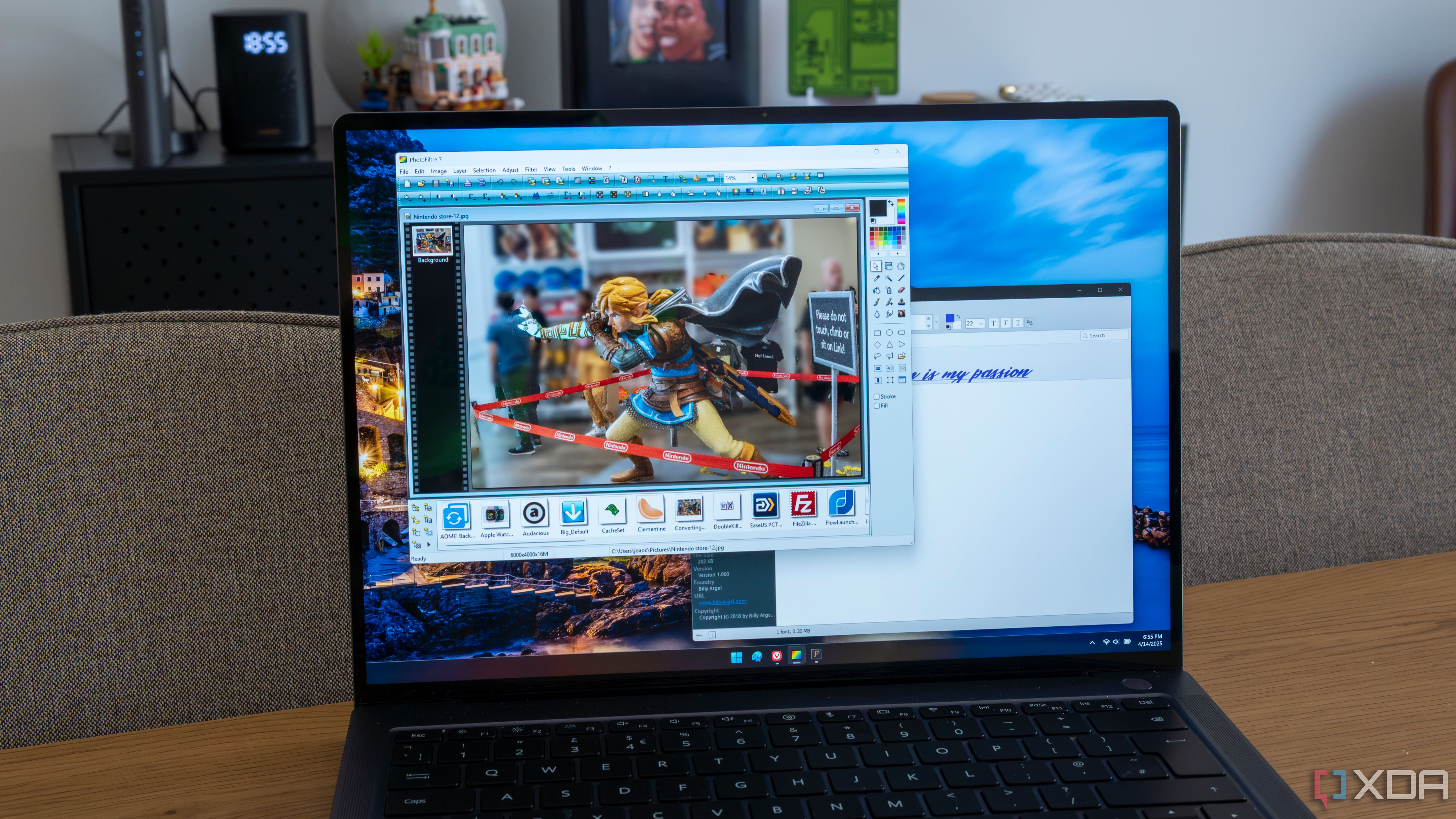
While each new Windows release brings a wave of modern apps, some of the most beloved and efficient productivity tools have roots stretching back a decade or more. These classic programs endure because they deliver performance, reliability, and unique features that sometimes get lost in the drive for constant innovation. For example, Notepad++ remains the code editor of choice for many developers due to its speed and wide array of plugins, even though newer options like Visual Studio Code have entered the scene. Tools like IrfanView, a fast and lightweight image viewer, are praised on Windows user forums for opening huge photo collections in seconds, something bloated modern apps sometimes struggle to do.
Similarly, utilities like Everything Search outperform Windows’ built-in search for power users needing instant results across sprawling hard drives. Synchronization tools like FreeFileSync help automate daily or weekly backups with reliability that rivals or exceeds many modern paid alternatives. Many knowledge workers continue to rely on AutoHotkey, a scripting tool for automating repetitive tasks—its massive community supports the creation of custom shortcuts and macros that boost efficiency in ways integrated features cannot match.
Some lesser-known gems have also maintained loyal followings because of their low resource usage and consistent performance. Directory Opus, an advanced file manager, is one such example; it originated on the Amiga in the late 1980s but is still frequently recommended in Windows productivity subreddits for power users juggling complex folder structures. Tools like FastStone Capture and Greenshot remain favorites for quick, flexible screenshots and annotations, especially for educators and remote collaborators needing to mark up documents or presentations on the fly.
The common thread among these enduring apps is their refusal to become obsolete by staying lean, stable, and responsive. Expert users note that, with a few tweaks—such as running in compatibility mode or leveraging open-source “wrappers”—most of these classic tools run flawlessly on Windows 11. In a landscape filled with short-lived trends, these software stalwarts prove that the best productivity boost often comes from reliable, time-tested programs. Whether you’re a developer, writer, photographer, or just someone aiming to work smarter, don’t overlook these hidden gems—they’re still getting the job done, one version at a time.
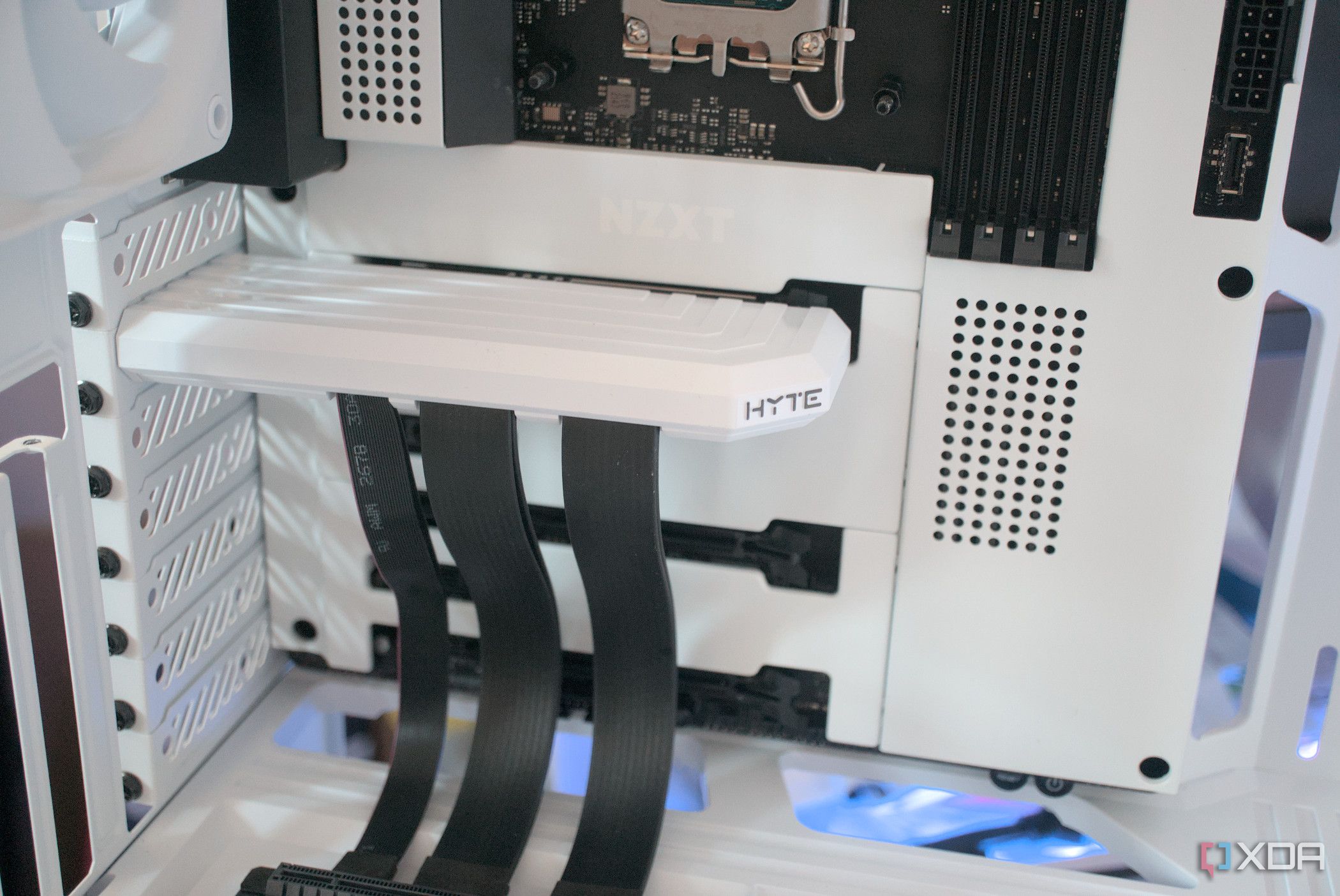
When personalizing a workspace, many PC enthusiasts default to RGB lighting for instant visual flair, but subtle upgrades can produce a more profound impact on both focus and long-term satisfaction. My journey toward a more productive PC workspace began with meticulous cable management. Using Velcro ties and under-desk trays, I hid nearly every wire, creating a clean desktop that looks and feels less chaotic. This made cleaning easier, and more importantly, reduced everyday visual noise, which studies show can directly impact our ability to concentrate and reduce stress.
The next upgrade replaced mismatched accessories with a cohesive set: a white minimalist case, matching keyboard and mouse, and a light wood desk mat. Sticking to a consistent color palette eliminated visual clutter and made my workspace feel purposeful—a subtle psychological cue that it’s time to get things done. I also invested in a custom desk organizer with dedicated spots for my phone, notebooks, and chargers. Knowing exactly where everything belongs prevents distractions and helps maintain positive habits, such as starting and ending work at a tidy space each day.
Instead of flashy lights, I chose functional accents with personal meaning: matte finish keycaps customized with my initials, and a small framed print of my favorite inspirational quote. These details simultaneously inject personality and nudge me toward daily routines I want to reinforce. Swapping the standard monitor stand for a height-adjustable arm freed up valuable desk space, improving posture and ergonomics. For additional comfort, I added a desk pad with wrist support and a small potted plant—a proven mood booster. Each upgrade was chosen for its positive effect on daily workflow, not just appearance.
Numerous productivity experts stress that intentional workspace design leads to better focus, less fatigue, and greater well-being. User surveys from productivity-focused forums echo this: many contributors report greater satisfaction and more consistent work routines after implementing similar upgrades. Ultimately, moving away from RGB lighting toward practical, personalized enhancements helped transform my desk from a generic setup into a workspace that inspires, motivates, and supports healthy habits every single day.
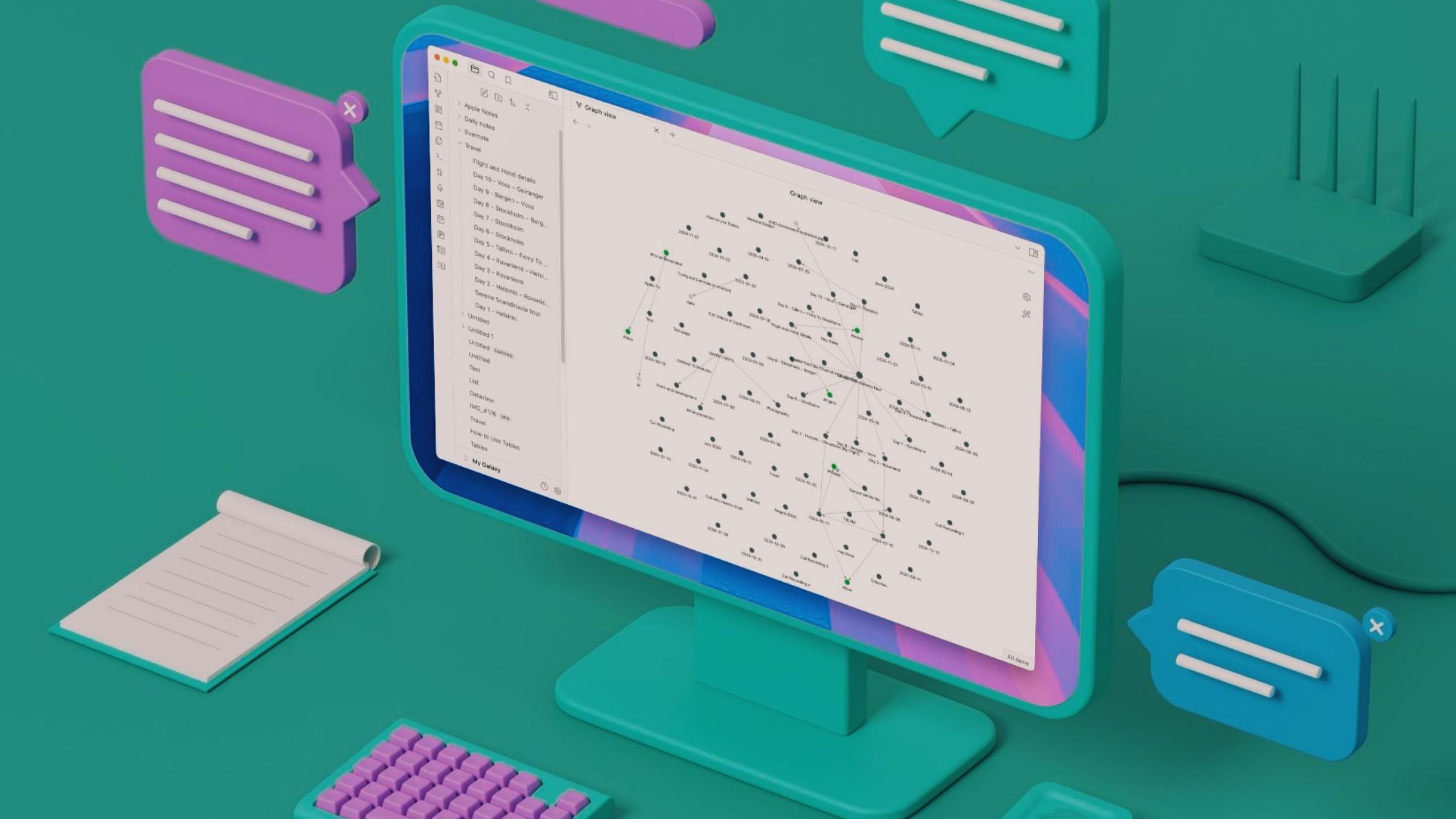
When comparing Obsidian and Notion, the conversation often centers around two distinct philosophies for managing digital knowledge and productivity. Notion’s appeal lies in its “all-in-one” cloud platform, where databases, documents, calendars, and team workspaces seamlessly coexist. This infrastructure is ideal for distributed teams, startups, and planners who rely on integrations with tools like Slack, Zapier, and Google Drive. Notion’s strong suit is visual organization—users can create interconnected dashboards and automate project tracking, making it a favorite in the worlds of project management and collaborative planning.
Obsidian, meanwhile, is designed for local-first, offline note-taking. It stores your notes as plain Markdown files on your device, giving you full control and privacy. Obsidian’s standout feature is its powerful linking system, which turns a pile of notes into a dynamic, networked “knowledge graph”—a boon for writers, researchers, and lifelong learners. With over 1,000 community plugins, Obsidian can be customized to rival Notion’s databases, kanban boards, and even task management features. Users have built intricate personal wikis, academic research libraries, and creative writing archives entirely within Obsidian’s ecosystem.
Yet, the differences extend beyond technical features. Notion excels in collaboration, real-time commenting, and visual layouts ideal for client-facing deliverables or big-picture planning. Obsidian, on the other hand, is a powerhouse for independent thinkers who want speed, privacy, and the flexibility to mold their workspace without third-party dependencies. Data sovereignty is a key differentiator: if your workflow relies on access anytime, including offline, Obsidian is the stronger fit. For power users, the plugin community has even made bidirectional links, daily notes, calendaring, and publishing possible—closing many of the gaps with Notion.
Choosing between them comes down to your workflow needs. If you’re a solo operator, researcher, or prioritize data security and local ownership, Obsidian shines. If seamless collaboration, integrations, and visual dashboards are your priorities, Notion remains unmatched. Increasingly, productivity experts suggest a hybrid approach—using Notion for team projects and Obsidian for personal thought work. Understanding not just what each tool can do, but how they support your broader productivity ecosystem, is the key to staying organized, efficient, and adaptable as your digital needs evolve.
